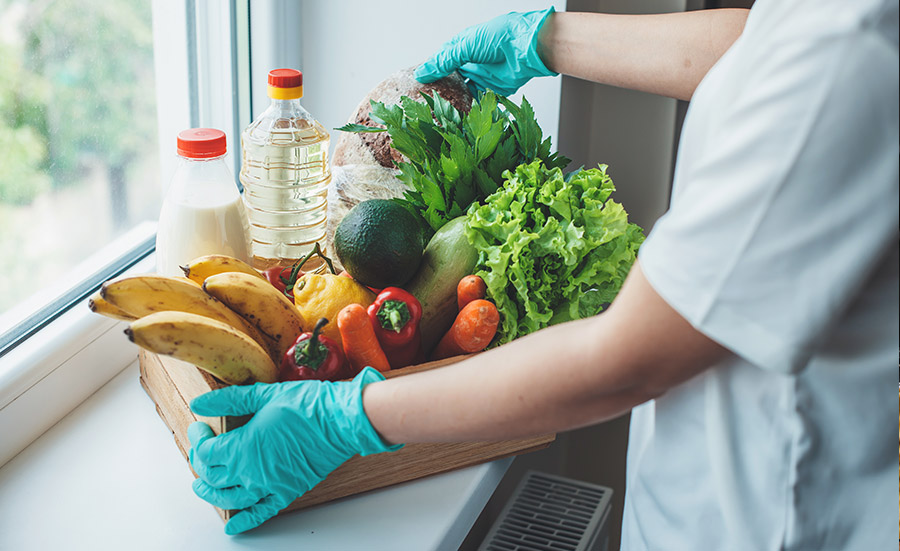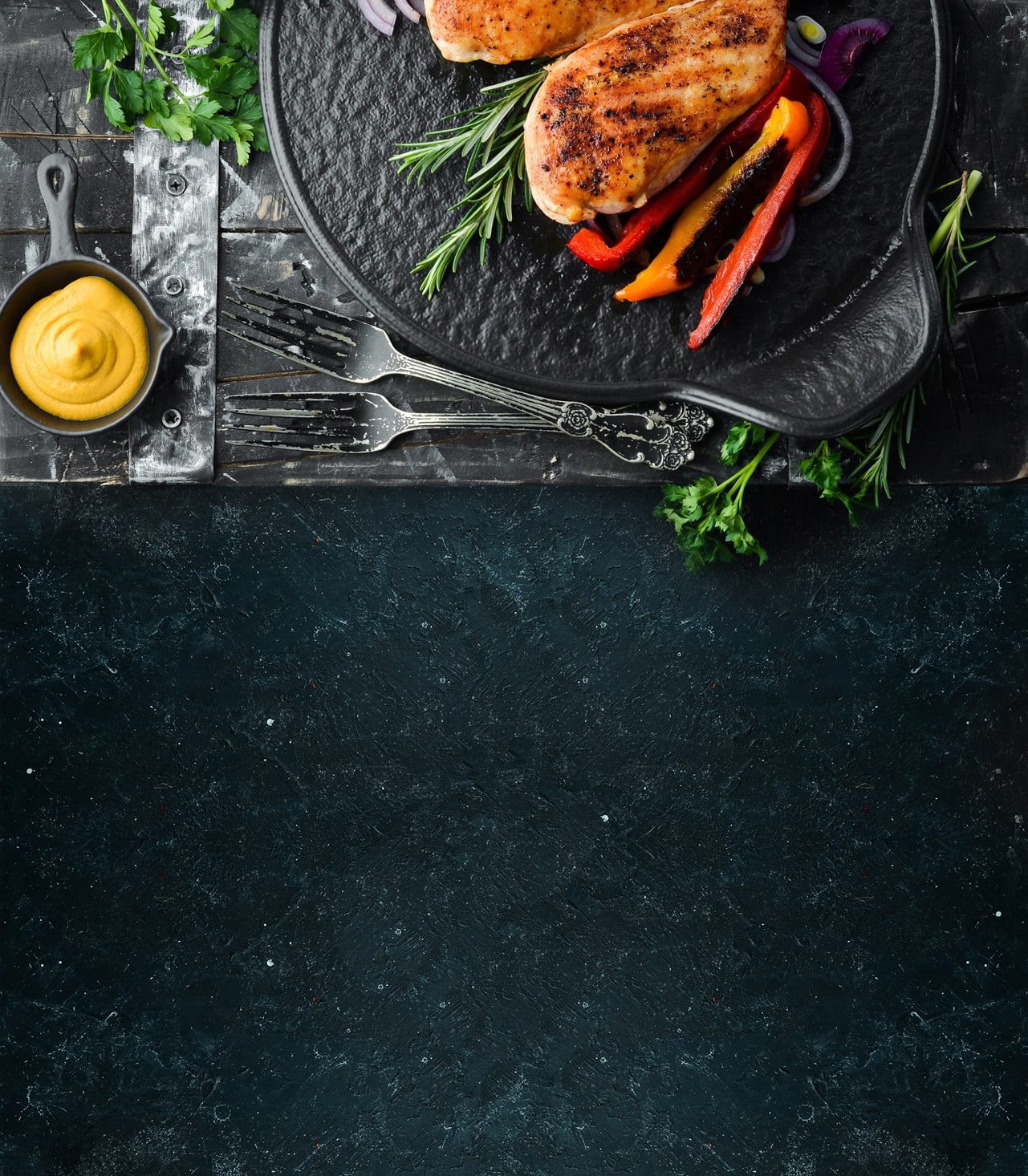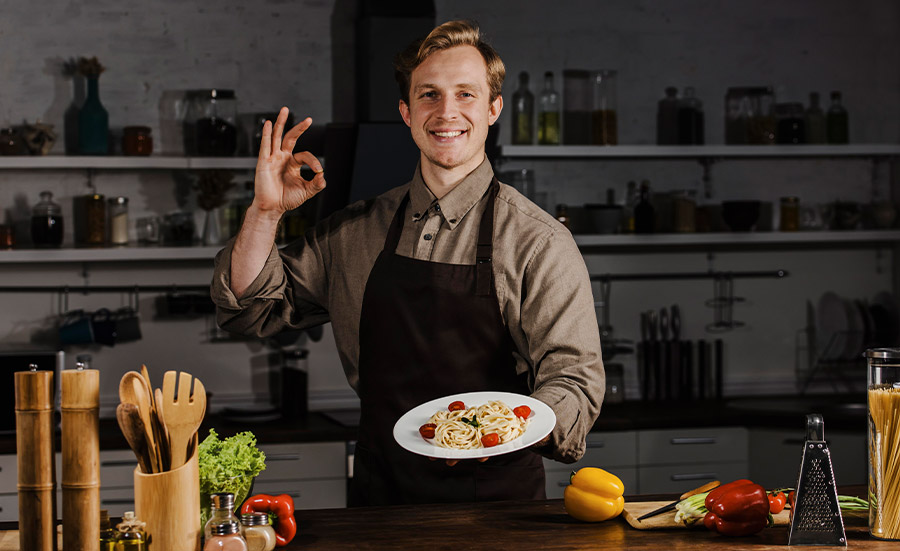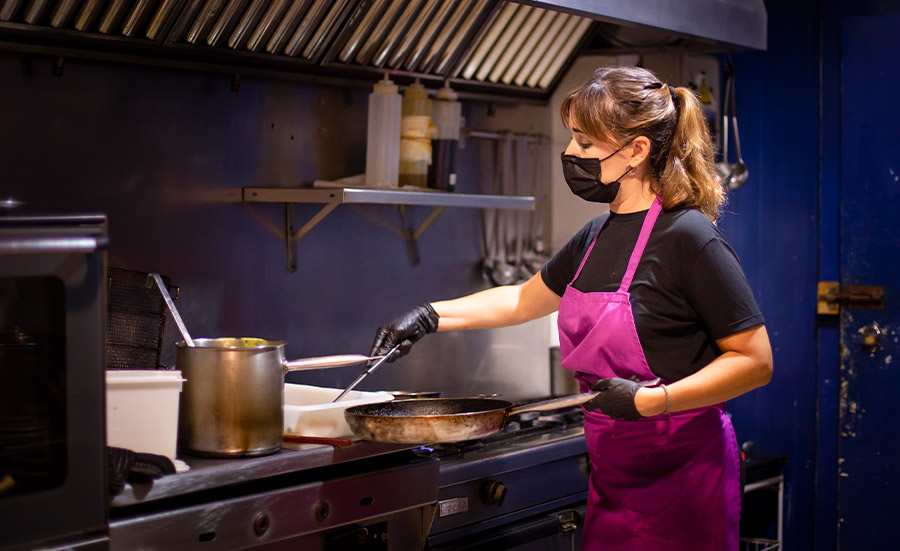December 3, 2022

Prepare Food for Health and Safety
Healthy eating also involves preparing food to preserve nutrients and prevent disease, as well as paying attention to food production issues.
Healthy Cooking
When preparing food, aim to preserve the nutrient value of the food and utilize healthy fats, reasonable portions, and whole foods. Here are a few tips:
- Use healthy cooking methods such as steaming, broiling, grilling and roasting. Frying requires adding fat to achieve the desired results and deep-fried foods add considerable fat to the American diet.
- Cook foods in as little water and for as short a period of time as possible to preserve all water-soluble vitamins (Bs and C).
- Use a variety of herbs and spices for additional flavor rather than relying on salt alone.
- Avoid packaged or processed foods, which are likely to contain added salt, sugar and fats. Recognize that consuming these foods increases your intake of salt, sugar, and fats considerably (often without knowing specifically what or how much). As we eat more and more processed foods, we eat less of the phytochemicals and nutrients our bodies need.
Note that those at high-risk for foodborne illness should follow additional guidelines. This includes:
- Pregnant women
- Young children
- Older adults
- People with weakened immune systems or certain chronic conditions
Safe food preparation
Foodborne illnesses don’t just come from restaurants. In fact, they usually come from bad food preparation, serving, and storage at home. Follow the guidelines below to keep your food as safe as possible:
- Wash hands and surfaces often using hot, soapy water. Wash your hands before and after you handle food or utensils, especially raw meat, poultry, fish, or eggs.
- Wash all fruits and vegetables before eating.
- Separate raw, cooked, and ready-to-eat foods. Keep raw meat, poultry, fish, or eggs away from other foods to prevent cross-contamination. If possible, use separate cutting boards for these foods. If not, be sure to wash cutting boards carefully with soap between uses.
- Cook foods to a safe temperature using a food thermometer. Uncooked or undercooked animal products can be unsafe.
- Keep hot foods hot (above 140 degrees) and cold foods cold (below 40 degrees) to prevent bacteria growth. Refrigerate foods within two hours of purchase or preparation (one hour if the temperature is higher than 90 degrees).
- When in doubt, throw it out. If you are not sure that food has been prepared, served, or stored properly, throw it out. If food has been left out for more than two hours, throw it out. Eat cooked leftovers within four days.
Source: University of Minnesota



